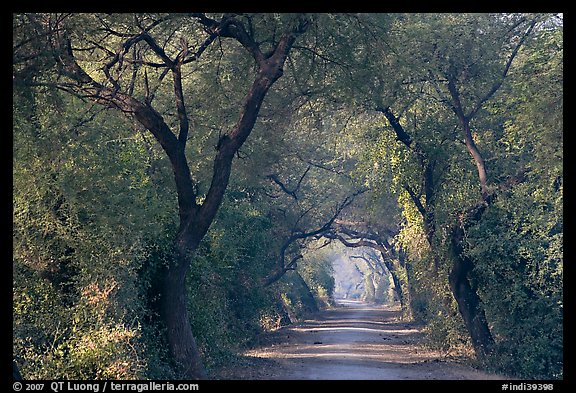Keoladeo Ghana National Park
The best times for bird-spotting are either early morning or evening. Expect to see Saras cranes (and its spectacular courtship dance), herons, egrets, geese, owls, cormorants and kingfishers. Pythons are most commonly seen in the winter, when they come out from underground to sunbathe. The southern reaches are a web of deserted, tangled paths, and are officially closed, as a tigress is rumoured to roam the area.
The sanctuary was once a vast semiarid region, filling with water during the monsoon season but drying up afterwards. To prevent this, the maharaja of Bharatpur diverted water from a nearby irrigation canal and soon birds began to settle in vast numbers.
Yet in a 2006 report, Unesco urged that a permanent backup source of water for the park be established, as drought (along with unchecked cattle grazing) had caused serious damage. The previous year, a government attempt to divert water from the nearby Panchana dam came up against strong opposition from local villagers.
Admission entitles you to one entrance per day; if you want to spend the day inside, get your hotel to provide a packed lunch. Carry drinking water, as bird-watching is thirsty work.
One narrow road (no motorised vehicles permitted) runs through the park, with countless embankments leading off into the greenery. Only the government-authorised cycle-rickshaws (recognisable by the yellow plate bolted onto the front) are allowed inside. You don’t pay admission for the drivers, but they charge Rs 100 per hour. A guide costs Rs 150 per hour.
An excellent way to see the park is to hire a bike (around Rs 40 per day), either at the entrance or from your hotel.
Last updated: Feb 17, 2009
Khuri

Last updated: Feb 17, 2009

0 comments:
Post a Comment